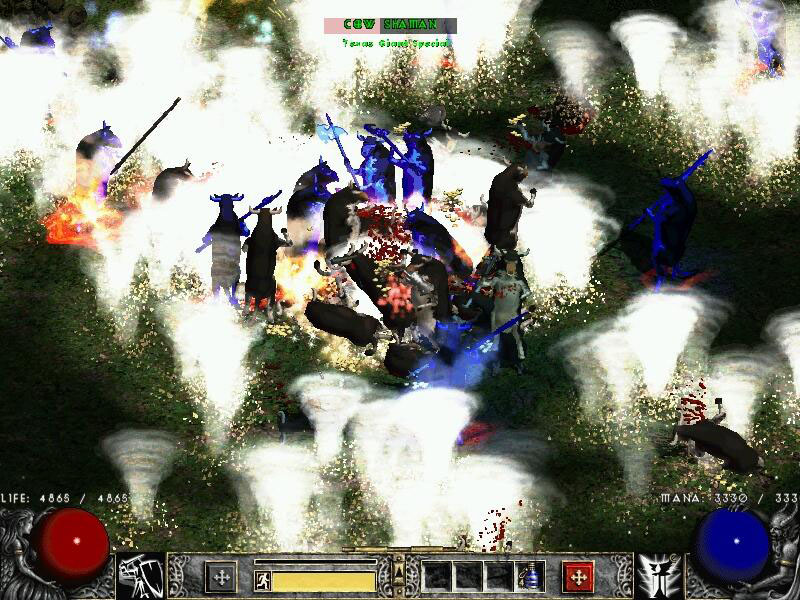
Reynolds (USAF) – Originally downloaded from is a cropped version of this: Image page(image ID DF-SC-88-08413), Public Domain, An F-15A Eagle launched the ASM-135 during the final test in 1985, which destroyed the Solwind P78-1 satellite. The US actually destroyed one of their own satellites with a missile back in 1985. Russia is also working on anti-satellite capabilities, and the US is doing the same. China is working on anti-satellite weapons and has tested an anti-satellite missile. But there has been some weapons-testing activity. There’s never been a battle in space yet. Scenes from Star Wars, books, and TV shows portray a world very different from what we are likely to see in the next 50 years, if ever, given the laws of physics.” “As the United States and the world discuss the possibility of conflict extending into space, it is important to have a general understanding of what is physically possible and practical. That’s the case that the authors make in the introduction to their paper.

So it’s important that as more nations grow their presence in space, and as a competition for resources starts to cause problems, that the conversation around space conflict take a realistic turn.

That’s despite talk of keeping space peaceful, and despite treaties that say the same. If past human affairs indicate the future, then the militarization of space will proceed. Its title is “ The Physics of Space War: How Orbital Dynamics Constrain Space-to-Space Engagements.” Wilson have written a paper on the topic of space battles. Rebecca Reesman from the Aerospace Corporation’s Center for Space Policy and Strategy and her colleague James R. The non-profit Aerospace Corporation thinks it’s time to consider what a real space battle would look like.


 0 kommentar(er)
0 kommentar(er)
